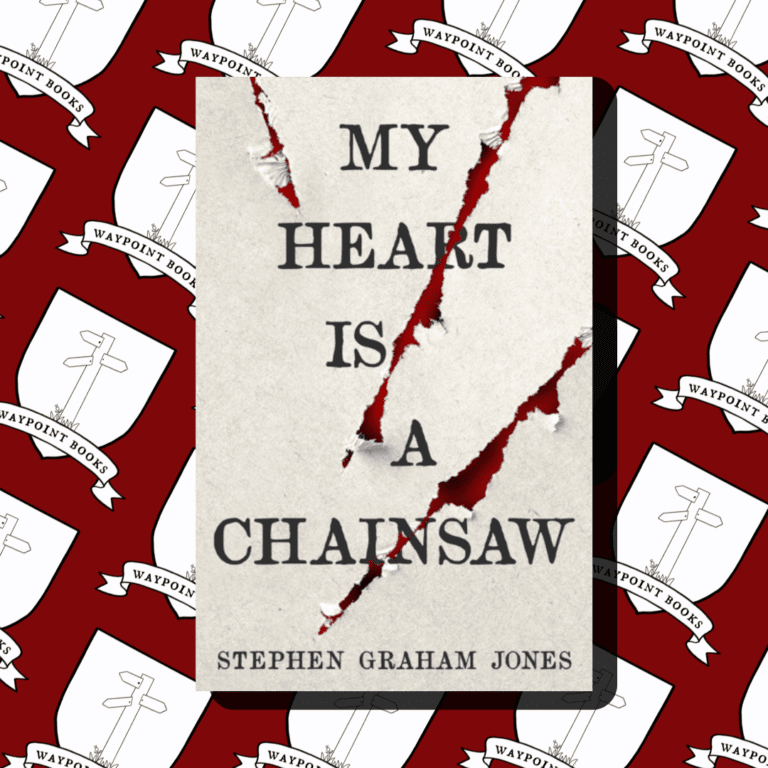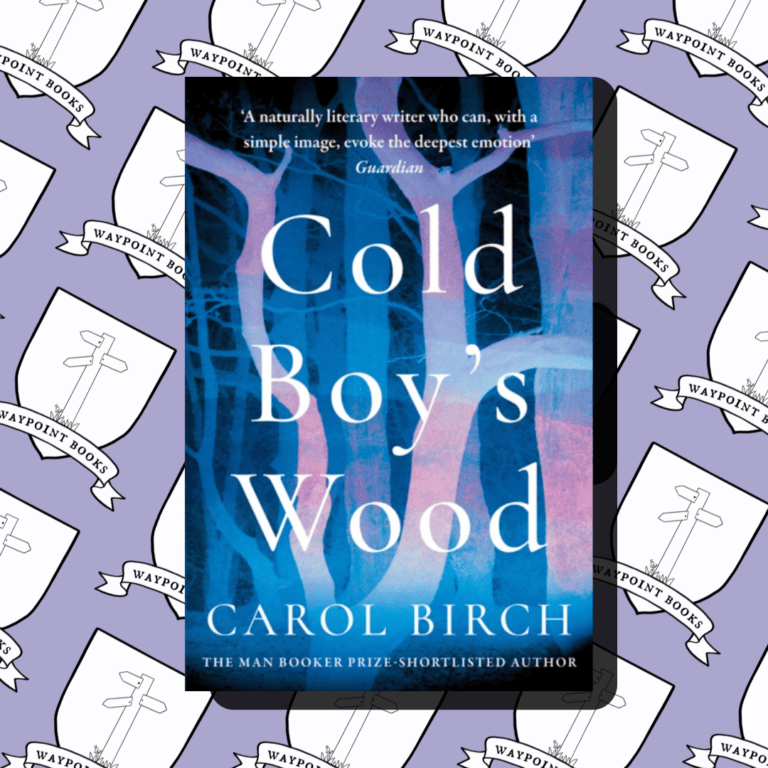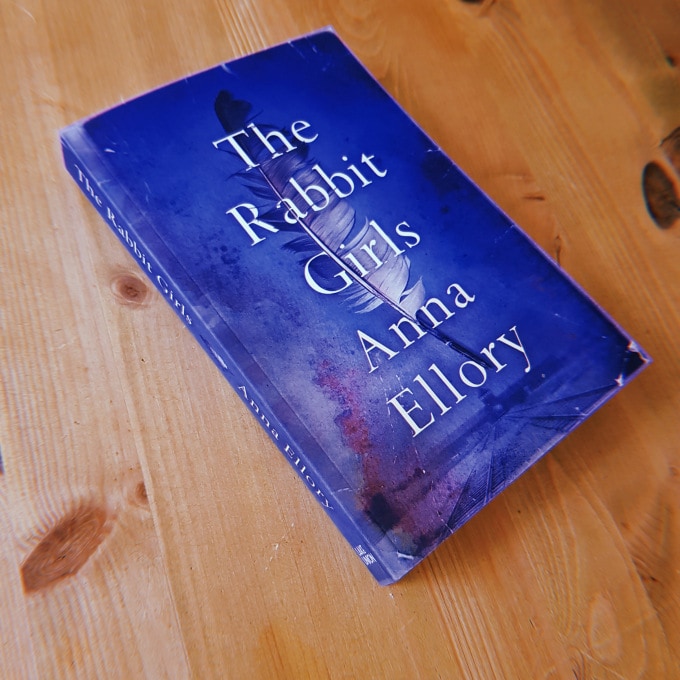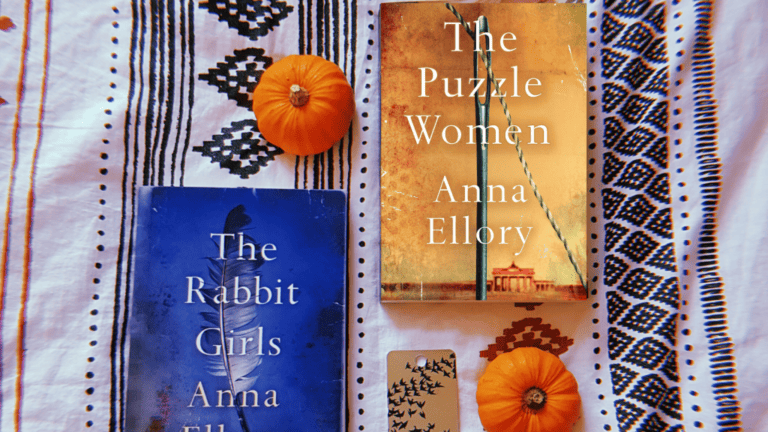The Sad Ghost Club Blog Tour – Review!
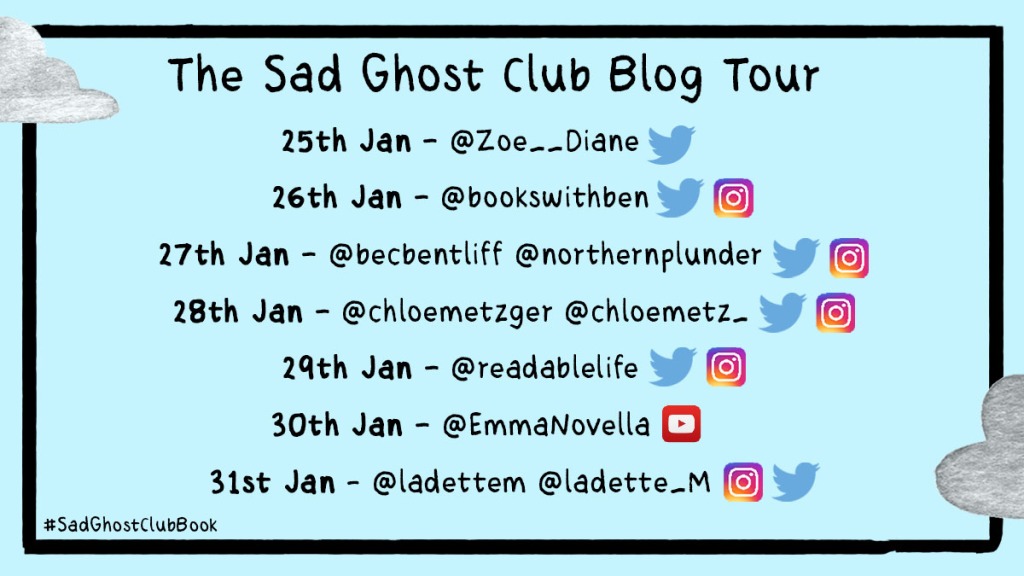
#Gifted: I was given a copy of The Sad Ghost Club, written by Lize Meddings, by Hachette Books in exchange for an honest review which you can find below.
#AD: there is also a link below for you to buy a copy of The Sad Ghost Club via Waypoint Books.
“We are literally just a collection of atoms, bumbling around.”
Lize Meddings, The Sad Ghost Club
Synopsis:
Ever felt anxious or alone? Like you don’t belong anywhere? Like you’re almost… invisible? Find your kindred spirits at The Sad Ghost Club.
This is the story of one of those days – a day so bad you can barely get out of bed, when it’s a struggle to leave the house, and when you do, you wish you hadn’t. But even the worst of days can surprise you. When one sad ghost, lost and alone at a crowded party, spies another sad ghost across the room, they decide to leave together. What happens next changes everything. Because that night they start the The Sad Ghost Club – a secret society for the anxious and alone, a club for people who think they don’t belong.

The Review:
Obviously, I felt totally attacked by Meddings’ portrayal of *cough* Me and My Anxiety *cough*. (It’s not actually about me. Meddings and I have never met, but it is a testament to how relatable the content is, that I feel completely seen (even if I don’t want to be) by this graphic novel.)
I want to get a bit nerdy, and talk about Ghosts as a metaphor for Mental Health and Loneliness. It will be relevant, I promise. Ghosts have been used as a literary technique since the beginning; sometimes as a metaphor for lost memories, sometimes for invisibility, ostracism, or loss.
“The Ghost is almost always a metaphor for the weight of the past.“
Tabitha King
The word ‘Ghost’ originally come from the word ‘Gast’ meaning breath, or spirit. It was, for a long time, exclusively a biblical term, for reference to the Holy Ghost, but in the 14c became a term for a ‘disembodied spirit’ (Etymonline). These spirits were believed to wander among the living, whilst separate from them. I know, I’m mansplaining Ghosts to you; but I think it’s relevant to the conversation because of the way Meddings’ incorporates Ghosts in their narrative.
In a visual medium, such as a graphic novel, Ghosts are an easy representation of the emotional impact created by Anxiety and Depression. There’s a panel on page 88, where SG (Sam/Sad Ghost) is at a party, but left completely on their own. They are surrounded by darkness, created by the simple monochrome palette of the artwork. They stand out, in their white persona, completely disconnected from the party around them. It’s just one panel, but it says so much. And for any introverts out there, myself included, it’s a situation we’re keenly aware of.
Like most narratives about Anxiety and Depression, there is a glimmer of hope when our main character find they are not alone. But it’s not an ‘easy friendship’, as both characters are carrying differing forms of MH – which I really appreciated. I’ve seen stories before where two characters have a Mirror-Image of Mental Health to one another. It’s a great way to remind the audience there are people out there like you, so long as you fall into those parameters. What makes The Sad Ghost Club specifically relatable, is the open spaces of dialogue, the panels where nothing is said, so the audience can easily empathise and relate to the characters.
I love a Character-Driven story – that’s a surprise to, literally, no one. So it’s important for me to have something I can hold onto when talking about characters. Both want the best for themselves, but their paths there are very different. And I really liked that. I don’t use the word ‘charming’ very often, because I’m not often charmed by narratives surrounding Mental Health; but, this book is the exception, and is exceptional. I really enjoyed it, and it’s been an honour to be part of this blog tour.
If you’d like to get your hands on a copy of The Sad Ghost Club by Lize Meddings, click the link here: 🔗


